So, you got some crypto. Maybe it’s Bitcoin. Maybe it’s Dogecoin. Maybe it’s something in between. Now you’re asking: “Where should I keep it?” That’s a smart question! Choosing the right crypto wallet is very important. Think of it like choosing a safe for your treasure chest of coins—only digital.
There are three big things to think about:
- Security
- Features
- Ease of use
Let’s break it down step by step so it’s easy and even a little fun.
1. First, What Is a Crypto Wallet?
All Heading
It’s a tool that lets you store, send, and receive cryptocurrencies. But it’s not like a normal wallet. It doesn’t hold the actual coins. It keeps your private keys—a kind of password that proves you own the coins.
Without the key, you can’t touch your crypto. So yeah, your wallet is a big deal.
2. The Two Main Types: Hot and Cold
Before getting specific, you need to know the difference between two wallet types:
- Hot Wallets – These are connected to the internet. Great for flexibility, but more open to hackers.
- Cold Wallets – These are offline. Usually hardware or paper wallets. Much safer from online attacks.
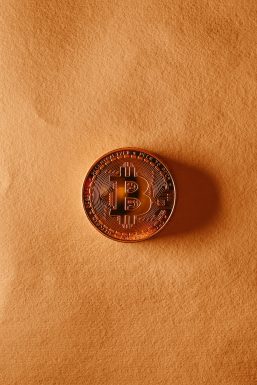
3. Let’s Talk About Security
If you’re storing a lot of crypto, you need top-level protection. Here’s how to judge wallets by how secure they are:
Hardware Wallets
The gold standard. These are USB-like devices that store your keys offline.
- Hard for hackers to reach
- Usually require a PIN
- Great for long-term holders (aka HODLers)
Popular choices include:
- Ledger Nano S or X
- Trezor One or Model T
Mobile Wallets
Apps for your phone. Convenient, but slightly riskier.
- Set up 2-factor authentication (2FA)
- Look for wallets that allow local encryption
Custodial Wallets
These are provided by exchanges (like Binance or Coinbase). They hold your keys for you.
If you don’t hold your keys, you don’t truly own your crypto.
For better control and security, non-custodial wallets are the way to go.
Backup and Recovery Options
Make sure your wallet gives you a recovery phrase (usually 12-24 words). Store this offline, somewhere safe.
Lose the phrase, and you could lose your entire stash. Forever. Yes, forever.
4. Cool Features to Look For
Besides keeping your crypto safe, you want a wallet that makes life easy. Here are some extra features that sweeten the deal:
- Multi-currency support – Can hold different coins, not just Bitcoin or Ethereum.
- QR code scanning – Makes sending/receiving fast and easy.
- Built-in exchange – Swap one coin for another right inside your wallet.
- DApp Browsing – Useful if you’re exploring Web3 apps.
Wallets like Trust Wallet and MetaMask offer a lot of these goodies.
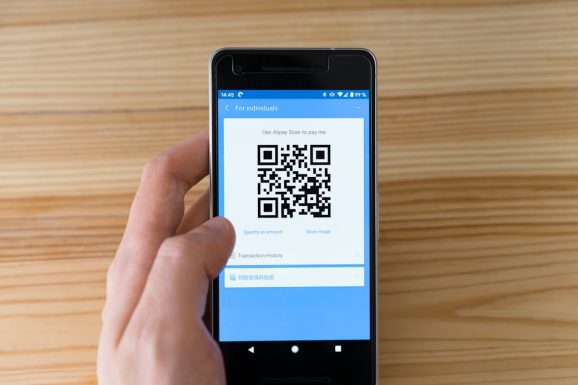
5. Ease of Use (Don’t Make It a Puzzle)
Not everyone is a tech wizard. Your wallet UI (user interface) should be clean and simple.
Here’s a checklist:
- Clear layout for balances
- Easy button for sending and receiving
- Step-by-step setup guide
- Good customer support or community help
If it feels like solving a puzzle just to send coins, it’s probably not the right wallet for you.
6. Desktop, Mobile, or Browser Extension?
Desktop Wallets
Installed on your computer. Good for more security, but tied to that one device.
Mobile Wallets
Super convenient. Carry your crypto wherever you go. Just don’t lose your phone!
Browser Extensions
Useful for exploring Web3, NFTs, and crypto games. MetaMask is a popular one here.
Pick what’s best for your style. Some wallets like Exodus offer mobile + desktop syncing, which is handy.
7. Open Source or Nah?
Open-source wallets are more transparent. The community can check the code for bugs or hidden tricks.
Examples include:
- Electrum
- MetaMask
- Mycelium
If security and trust matter to you (hint: they should!), open-source is a big plus.
8. Some Wallet Recommendations Based on Your Needs
For beginners:
- Trust Wallet – Easy, supports many coins.
- Exodus – Beautiful UI with lots of features.
For security buffs:
- Ledger Nano X
- Trezor Model T
For DeFi lovers:
- MetaMask
- Argent
For mobile-first users:
- Trust Wallet
- Coinomi
9. Watch Out for Scams!
Don’t download wallets from random links. Only use official websites or app stores. Many fake wallets are out there, hungry for your crypto.
Also, don’t share your seed phrase. Ever. Not even with your dog. If someone gets your seed, they get your money. Simple as that.
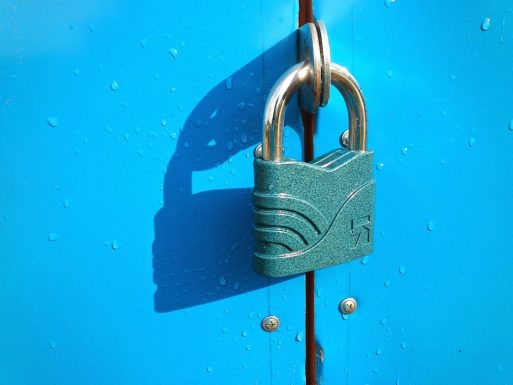
10. Final Thoughts
Choosing the right wallet doesn’t have to be hard. Just remember:
- Pick the right type: Hot or Cold
- Check for top-notch security
- Look for handy features
- Make sure it’s easy to use
A good wallet is like the perfect pair of shoes—fits just right, keeps you safe, and helps you get where you want to go.
Now that you know the basics, you’re ready to pick the best crypto wallet for your journey. Happy hodling!
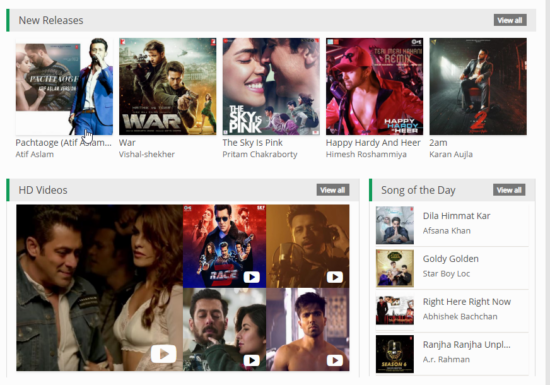

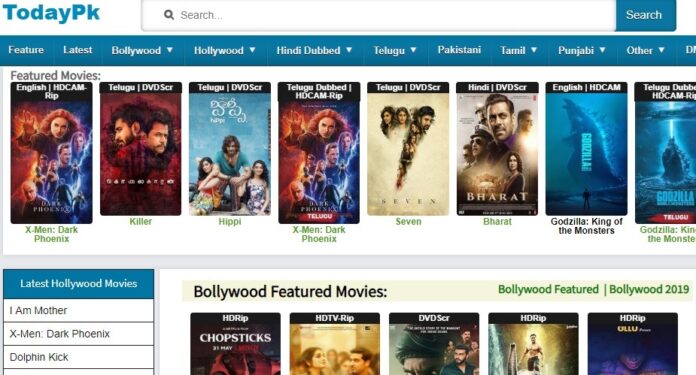
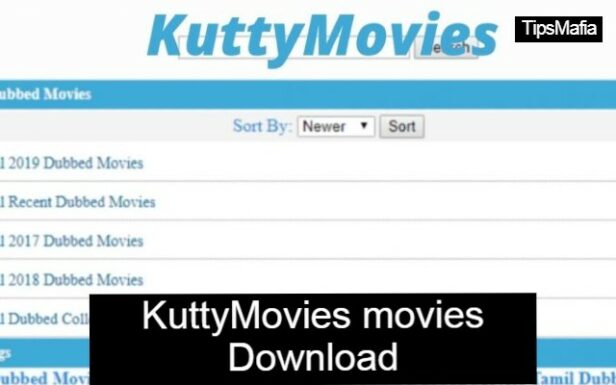
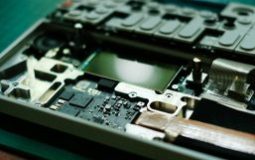



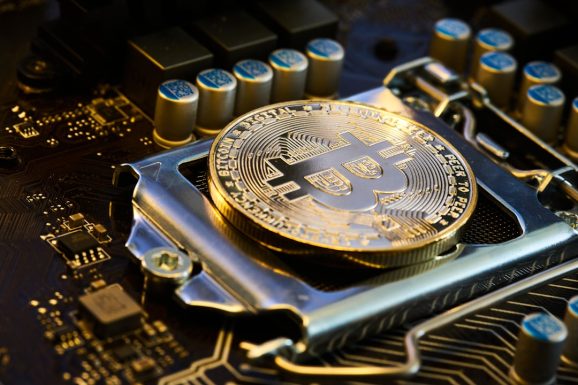
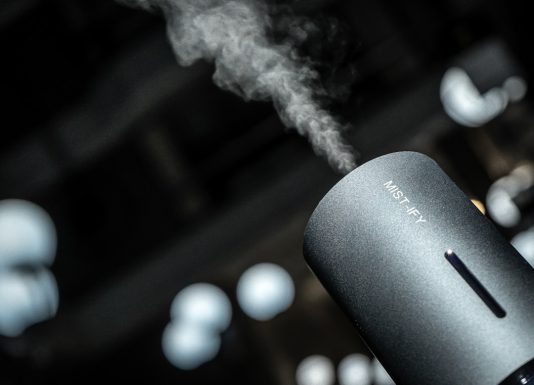

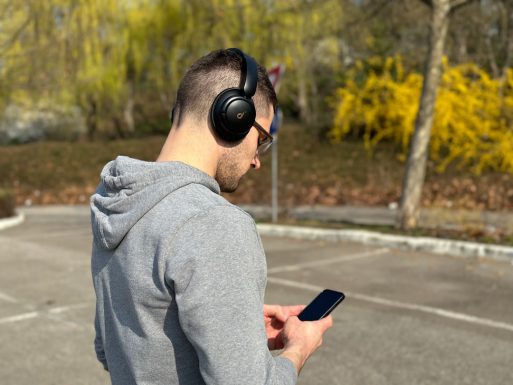

Recent Comments